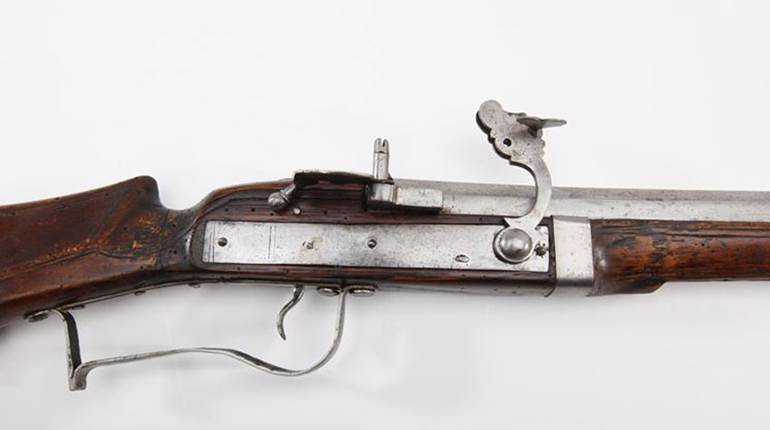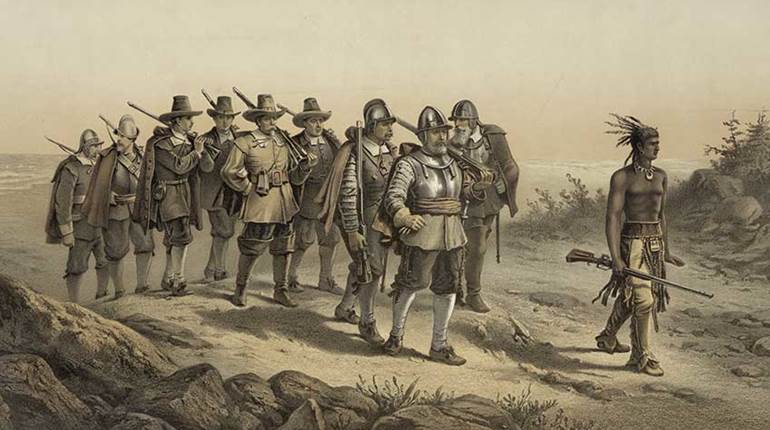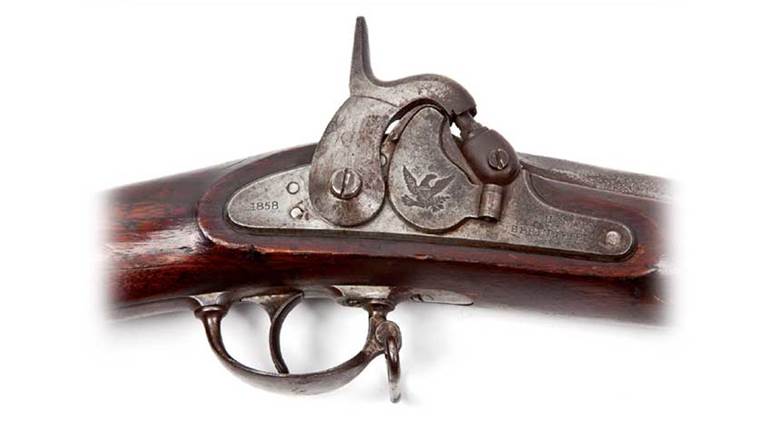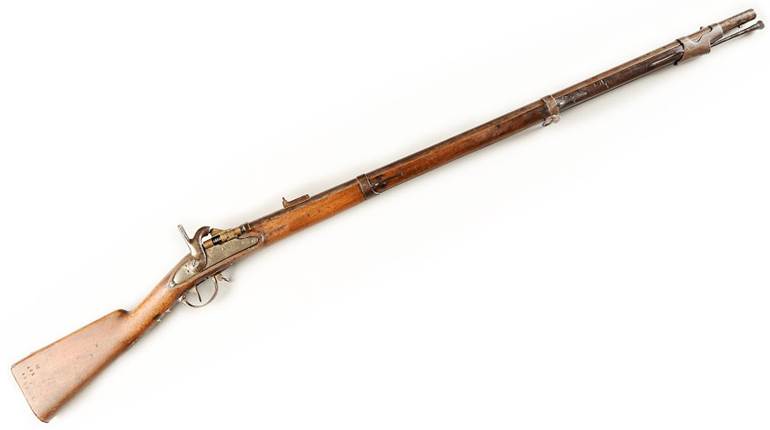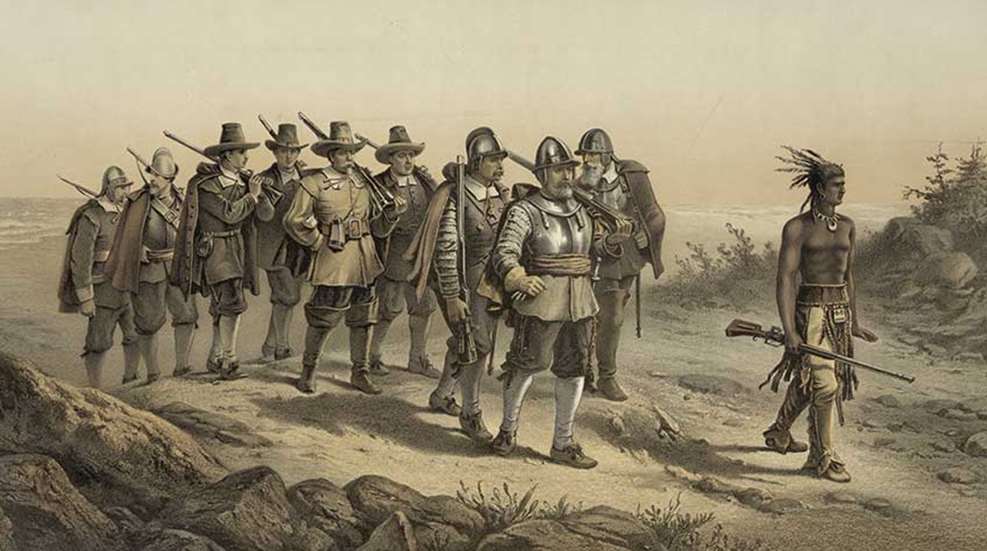
Lead image courtesy of the Library of Congress.
When we think of Thanksgiving today, we often imagine scenes from the illustrative art of N.C. Wyeth, Jennie Brownscombe or Norman Rockwell. Puritan Pilgrims dressed in black with high-topped buckle hats, wielding blunderbusses and welcoming small assortment of invited Native American guests.
Sadly, these fanciful images are far from the actual reality of what Thanksgiving looked like in the 1600s in both Jamestown, Va. and Plymouth Colony. In this age of information, the ability to read and assimilate the actual diaries, journals and archeological evidence left behind by those intrepid pioneers allows us to paint a more historically correct and vivid illustration of what things might have actually looked like.
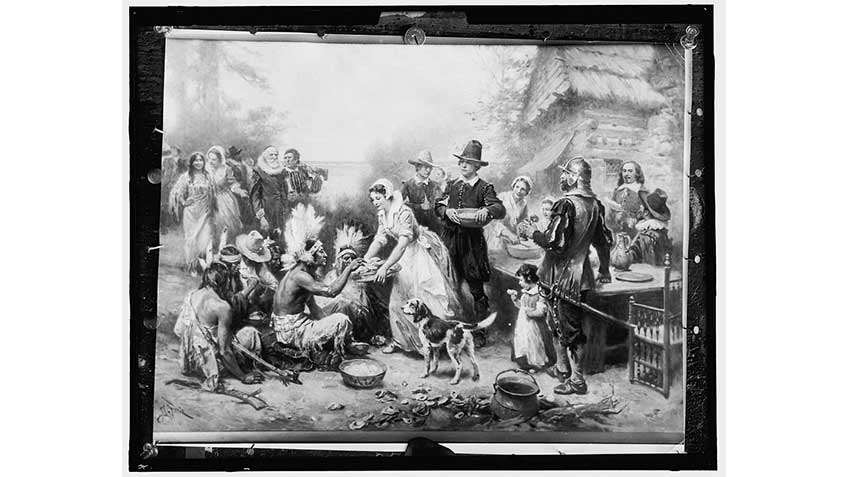
First off, the Pilgrims themselves bore no resemblance to the 1904 heroic statue by Augustus St. Gaudens entitled "The Pilgrim" that stands in Philadelphia. (An earlier, similar work, entitled "The Puritan," has stood in Springfield, Mass. since 1887). Second, 17th-century arms inventories of both Virginia and Plymouth show scant presence of blunderbusses, which really didn’t come into their own until the 18th century. Third, Native Americans present at the 1621 Thanksgiving in Plymouth outnumbered the Pilgrims two to one.
The subtle fact about Thanksgiving and the arms that were present is that there were lots of arms present. A staggering number of guns, to be exact. Captain John Smith of Jamestown, Va., wrote in 1609 that they had 24 cannons and 300 muskets, way more than the number of men currently on hand to use them. Firearms were perhaps the only commodity that the first colonists had in any abundance.
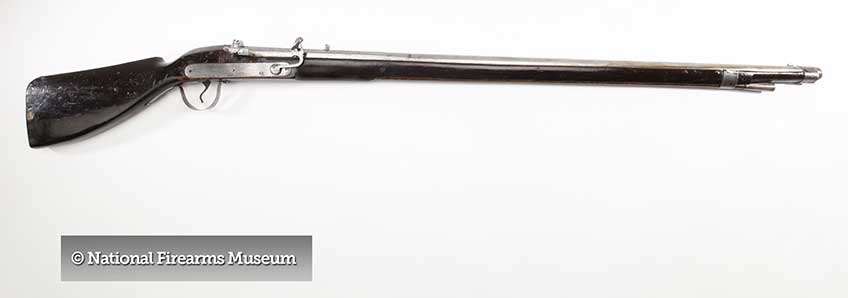
The types of guns they used to defend their small enclaves were mostly the same types of arms currently in use in Europe at the time. Matchlocks were the first common type of long arm developed in the 16th century. Generally a 10-bore smoothbore that fired a 12-bore round ball, matchlocks were fired by means of a slow match, a burning length of rope and hemp, impregnated with saltpeter to aid in its burning.
A pull of the trigger, or lever, brought the burning match into contact with the exposed powder in the frizzen pan at the breech of the gun, beginning the chain of events that eventually sent the round, lead ball flying down the barrel. A few matchlock actions have been excavated at Jamestown by archeologists, but far more snaphaunce actions have been found. This corresponds to the written inventories of Jamestown (as well as Plymouth beginning in 1620) that showed almost 1,000 snaphaunce muskets vs. only 47 matchlocks on hand.
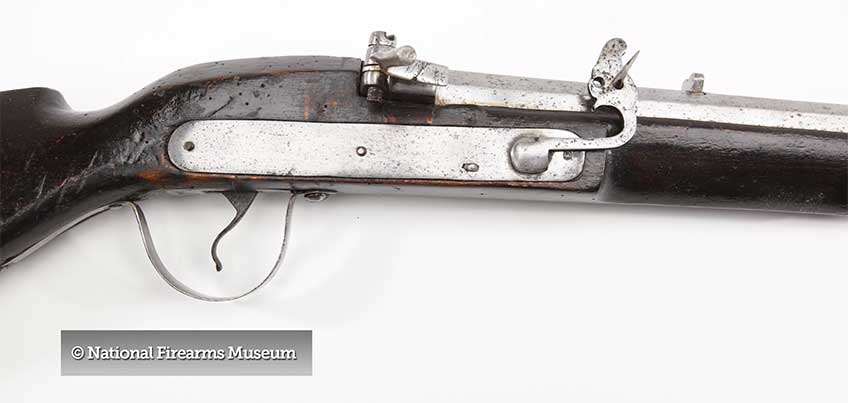
The snaphaunce was developed in the late 16th century in Scandinavia and the Low Countries (Holland, Belgium and Flanders). It was the first lock to feature a piece of flint held in a vice-like hammer (referred to as a cock). When fired, the flint would fall on a frizzen, causing a shower of sparks to then drop into the pan, igniting the priming charge. While not as susceptible to the sudden changes in weather, the snaphaunce was a marked improvement over trying to keep a lit ember going while also trying not to spill any loose charging powder that might set off an unfortunate chain of events.
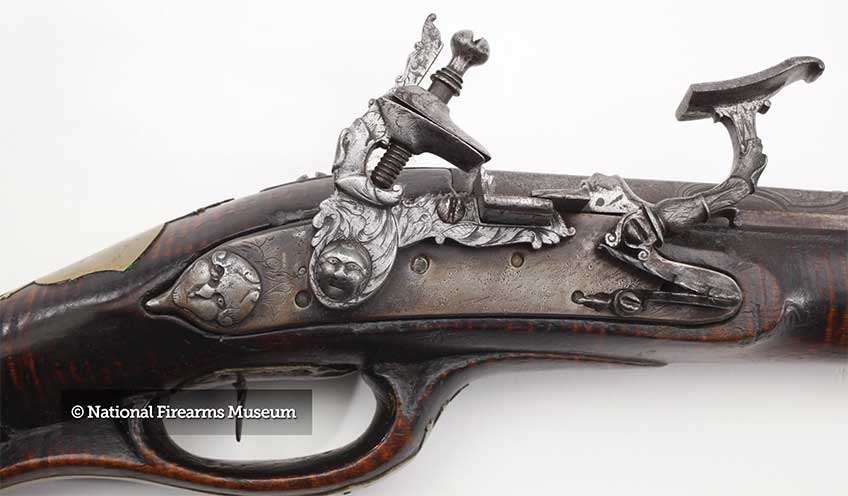
The Spanish Miquelet lock has also been recovered in various archeological digs at colonial sites. Again, its presence was not as prevalent as the snaphaunce action, but it was contemporary to the time period. The most expensive arm of the time was also the most common handgun of the era: the wheelock. The wheelock was an action that used an intricate coil spring, wound taut by a spanner (or key) that was attached to a wheel. When set in motion by the pull of the trigger, the wheel spun its serrated edge against a piece of pyrite or flint held firmly in the jaws of the hammer, showering the frizzen pan with the sparks needed to ignite the priming charge.
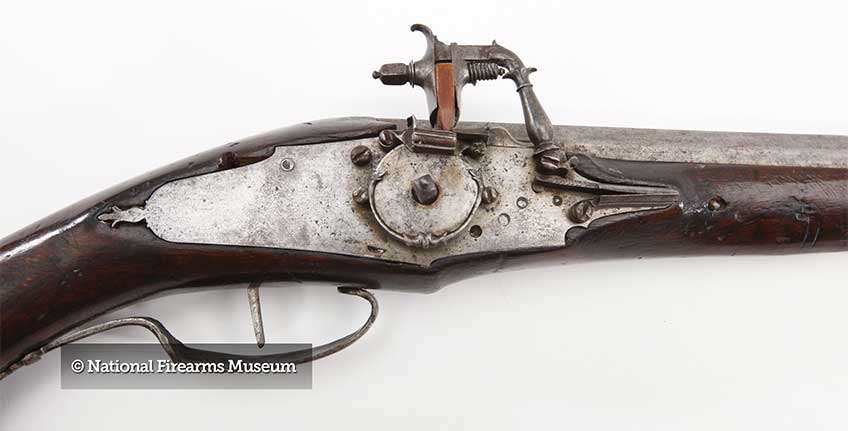
As a collector of antique time pieces, I can offer you a tip that you may wish to forgo taking your favorite Hamilton or Waltham out to the range with you, as the sudden and severe shock of recoil tends to do those fragile works no favors. Wheelocks suffer from the same fate, and as a result, were extremely expensive, prone to breakage but favored by those who could afford them.
A wheelock action is one of the prize pieces of artifact recovery from the Jamestown Settlement site and is currently on display with an example of an English Doglock, also found to be a common arm of the colonists. The doglock had an external safety catch that also worked as the hammer release. You pulled the trigger, and the catch lifted from the notch in the back of the lock causing the cock to hit the frizzen with its flint. This type of lock soon evolved into the flintlock that we know so well and spanned more than 100 years of use on both continents.
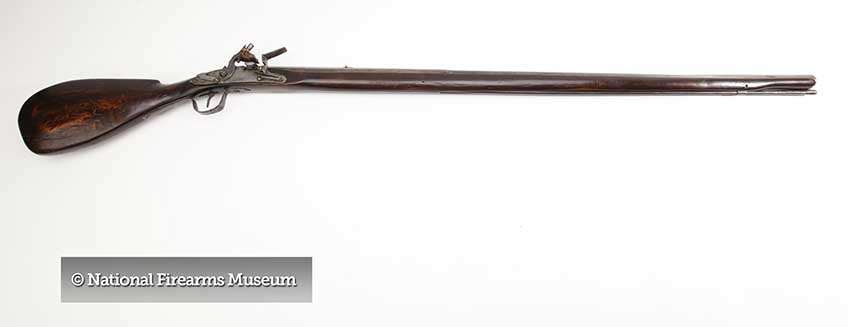
What we do know for sure is that the guns of Thanksgiving, like the holiday itself, have evolved significantly over the intervening centuries. Originally, Thanksgiving was a feast meant to celebrate a successful harvest, normally held in September. The original Virginia (1607) and Pilgrim (1620) colonists continued the harvest feast tradition with the added thanks for having survived the previous year.
Most U.S. presidents, beginning with George Washington in 1789, issued proclamations of a specific day to commemorate Thanksgiving. Abraham Lincoln in 1863 chose the last weekend in November to celebrate the holiday. Ulysses Grant made it a federal holiday during his administration.
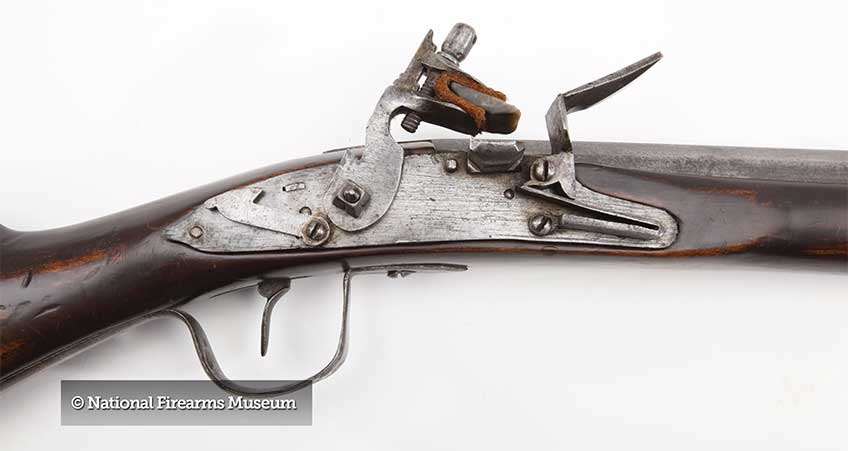
Sometime later, it was argued the Lincoln wished the holiday to be on the fourth Thursday of the month, while others argued that it should be the last Thursday of the month. (Once a decade or so, November has five Thursdays) The argument continued all the way up until the Franklin Roosevelt administration (1933-1945), where Republicans held to the fourth Thursday, while Democrats honored the last Thursday of the month. Nothing has really changed much politically around here, has it?
But don’t let this bit of historical revisionism place a shadow over your treasured imaginings of Thanksgiving. As Charles Dickens wrote in another treasured holiday epic, "the wisdom of our ancestors is in the simile; and my unhallowed hands shall not disturb it, or the Country's done for.” So enjoy your turkey, and have a Happy Thanksgiving. We all have a lot to be thankful for.












